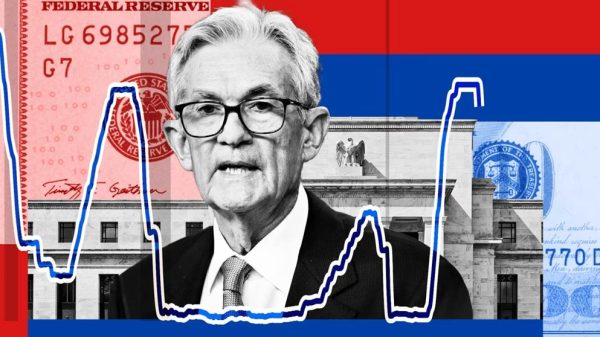The global oil market is bracing for a new phase of uncertainty after the United States entered the conflict between Iran and Israel, fueling fears of supply disruptions and a potential spike in crude prices. Industry analysts warn that oil prices could surge to $100 per barrel, especially if the Strait of Hormuz—an essential artery for global oil trade—is closed or even partially restricted.
A Market on Edge
Friday saw oil prices jump over 7%, hitting their highest levels in months after Israel escalated tensions by striking Iranian targets. The U.S. subsequently launched strikes on Iran’s nuclear facilities, prompting Tehran to threaten retaliation. Iran’s foreign minister declared that the nation reserved “all options” to defend its sovereignty, further heightening fears of a protracted conflict.
As of early Asian trading hours on Sunday, U.S. West Texas Intermediate (WTI) crude rose more than 2% to $75.22 per barrel, while Brent crude climbed nearly 2% to $78.53 per barrel.
“This is a real risk of the market experiencing unprecedented supply disruptions over the coming weeks,” explained Saul Kavonic, senior energy analyst at MST Marquee. He compared the current situation to the oil price shock of 2022, which followed Russia’s invasion of Ukraine.
The Strait of Hormuz: A Critical Chokepoint
The Strait of Hormuz, which connects the Persian Gulf to the Arabian Sea, is a critical passage for approximately 20 million barrels of oil per day—equivalent to nearly 20% of global oil shipments. Iran’s parliament has approved measures to close the strait, according to state media, adding to the market’s anxiety.
“If the Strait is closed for more than a few weeks, oil prices could easily approach $100 per barrel,” said Kavonic. Even partial harassment of oil tankers passing through the region could lead to significant price hikes.
Andy Lipow of Lipow Oil Associates echoed this sentiment, stating that the U.S. and allied forces would likely intervene to reopen the Strait if necessary. However, the conflict could escalate, potentially lasting longer than previous Gulf Wars if Iran fully mobilizes its military capabilities.
A Volatile Future
The situation has drawn comparisons to historical threats by Iran to close the Strait of Hormuz. In 2018, Iran made similar warnings after the U.S. exited the nuclear deal and reinstated sanctions. However, analysts note that such closures have often been rhetorical, as physically blocking the strait is an enormous logistical challenge.
Rebecca Babin, a senior energy trader at CIBC Private Wealth, pointed out that Iranian energy infrastructure has not been directly targeted thus far. “It appears that both sides have an incentive to keep oil out of the line of fire, at least for now,” she said.
However, the CBOE Crude Oil Volatility Index, which measures market expectations of crude price fluctuations, has climbed back to levels last seen in March 2022. Bob McNally, president of the Rapidan Energy Group, warned that a prolonged closure of the Strait or attacks on Gulf energy infrastructure could lead to crude prices soaring well beyond $100 per barrel.
Global Implications
The escalating conflict has profound implications not only for the energy sector but also for the broader global economy. A significant disruption in oil supplies could rekindle inflationary pressures, complicating monetary policy for central banks already grappling with slowing economic growth.
Vandana Hari, CEO of Vanda Insights, advised caution, noting that traders are unlikely to panic unless there is concrete evidence of a prolonged disruption. “The picture is mixed,” she said, urging markets to remain vigilant but measured.











